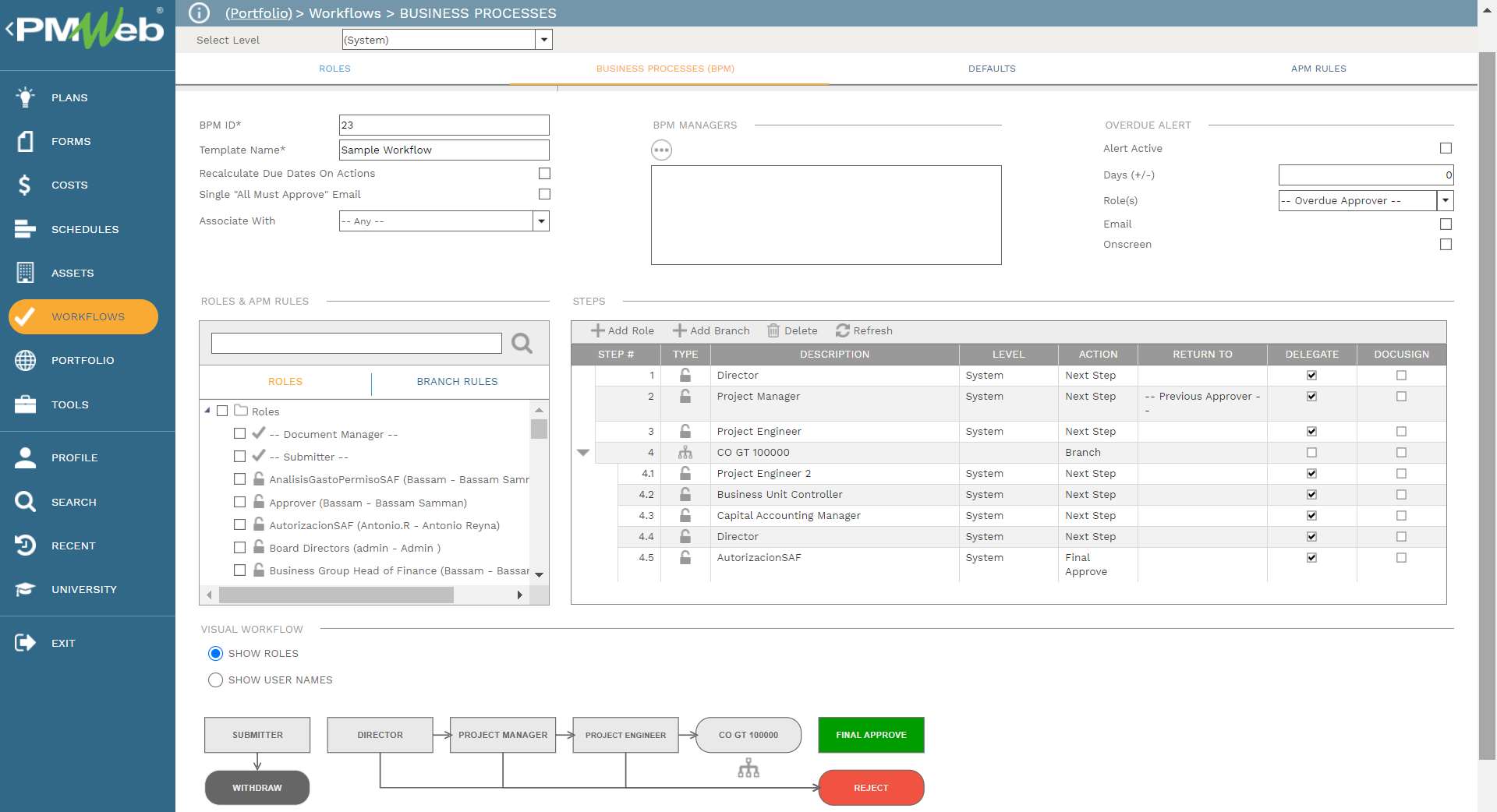Those who are involved in delivering construction projects can often report the many bullying incidents that have either taken place between the project owner and his authorized representatives from one side and the contractor from the other side as well as the bullying incidents between the contractor and his subcontractors.
Bullying in the construction industry can come in different forms and tactics. Delayed approvals of change orders, delayed payment of approved invoices, requesting additional works without compensation, and forcing the use of specific subcontractors and suppliers among many others are all forms of bullying. They are considered bullying when the contractor or subcontractor complains or refuses to do, threats such as “you’ll be blacklisted” or “you’ll be terminated or replaced” are examples of tactics used to intimidate the contractor or subcontractor to accept what he had been asked to do.
Bullying can increase the risk of contractors and subcontractors being unable to complete the project’s delivery because of the financial stress that can be caused by those actions. A risk that impacts the project owner the most is the cost of the additional expenses associated with restarting a project such as reassigning a contractor and subcontractors, as well as the delays in completing the project as planned, which have a drastic negative impact on the project’s return on
investment. It is something that the project owner’s senior management does not want to happen.
Using Project Management Information System (PMIS) like PMWeb helps the project owner’s senior management have complete transparency of actions that can be considered as forms of bullying. PMWeb captures the details of all project management processes that need to be performed on a construction project, including those of change orders, progress invoices, payments, and submittals among many others. For each process, the workflow to submit, review, and approve each process will be created to match what has been agreed to in the project management plan (PMP). Those workflows detail the pre-agreed sequence for reviews and approvals, who is responsible for the review step, the duration allotted for each reviewer, approval authority levels, review and approval actions that a review can do, and how it needs to be resubmitted or returned if action was rejected among others.

By having those workflows for each process, senior management has a real-time visualization of all delayed approvals and the entity as well as the individual accountable for this delay. Having this transparency not only reduces delayed reviews and approvals but also communicate a clear message that those accountable for delays become known and necessary corrective action be taken to avoid putting the project in jeopardy.




